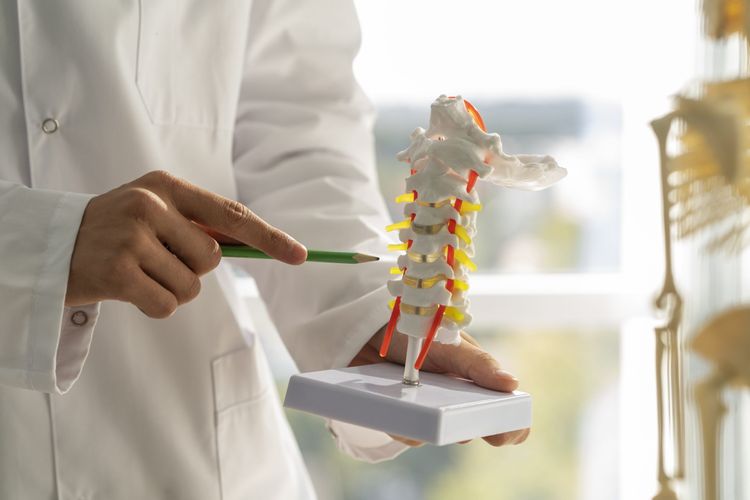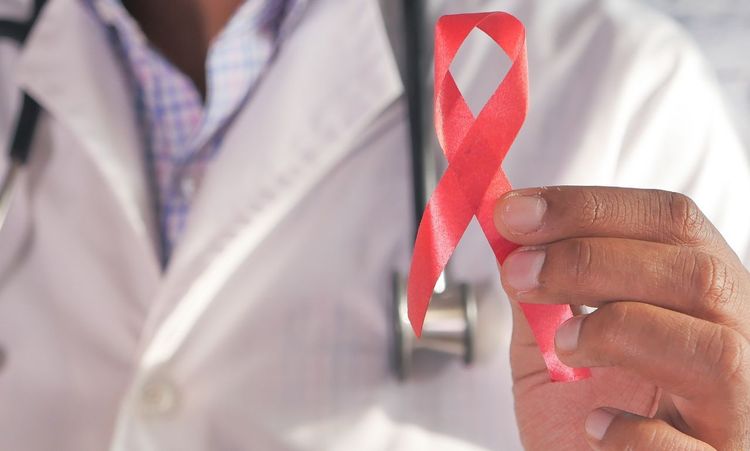Spinal muscular atrophy (SMA) is a genetic disorder characterized by progressive weakening of muscles due to the degeneration of motor neurons in the spinal cord. Among its variants, SMA Types II and III differ significantly in severity, age of onset, and progression patterns, impacting daily life in distinct ways. Proper identification of symptoms and timely intervention can greatly enhance quality of life and long-term outcomes for individuals affected by these conditions.
Symptoms of Spinal Muscular Atrophy Types II and III
Recognizing symptoms accurately is essential for diagnosis and treatment planning. Although SMA Types II and III share some common features, they have distinctive characteristics that help distinguish between them.
Symptoms of Spinal Muscular Atrophy Type II (Intermediate SMA)
SMA Type II, often known as intermediate SMA, generally appears between 6 and 18 months of age. Children with this form typically meet early motor milestones, such as rolling over or sitting independently, but subsequently experience delays and motor skill regression.
Key symptoms include:
- Delayed motor milestones: Children may initially sit unsupported but struggle significantly or fail to achieve standing or walking independently.
- Muscle weakness: Noticeable weakness primarily in proximal muscles—those close to the body’s core—including shoulders, hips, thighs, and upper arms.
- Respiratory difficulties: Reduced strength in chest muscles often leads to respiratory insufficiency, characterized by frequent respiratory infections and difficulty breathing, especially during sleep.
- Postural issues: Common development of scoliosis (curvature of the spine), contractures, and limited joint mobility due to progressive muscle weakness.
- Tremors: Mild, fine hand tremors, particularly noticeable during intentional movements.
Symptoms of Spinal Muscular Atrophy Type III (Kugelberg-Welander Disease)
SMA Type III, or Kugelberg-Welander disease, manifests later, typically after the age of 18 months and sometimes even in early adolescence. This type is less severe, allowing affected individuals to achieve key milestones like walking independently, though they may gradually lose this ability over time.
Key symptoms include:
- Muscle weakness in legs and hips: Usually begins subtly, with gradual progression causing difficulties in climbing stairs, standing up from the floor, or rising from seated positions.
- Gait disturbances: Characteristic walking pattern, including a waddling gait, frequent stumbling, and instability when walking or running.
- Loss of ambulatory ability: Although many maintain mobility into adolescence or adulthood, increasing muscle weakness may eventually necessitate assistive devices like braces or wheelchairs.
- Fatigue and endurance issues: Affected individuals often experience fatigue during physical activities and decreased exercise tolerance.
- Fine tremors and muscle fasciculations: Some patients develop small muscle tremors and visible muscle twitching, most noticeable when muscles are at rest or under mild strain.
Diagnosis of SMA Types II and III
Prompt diagnosis is critical in managing SMA effectively. Typically, diagnosis involves:
- Clinical assessment: Thorough physical examination to observe motor development patterns, muscle tone, reflexes, and respiratory function.
- Genetic testing: Definitive diagnosis requires genetic analysis identifying mutations or deletions in the SMN1 gene, which is responsible for producing survival motor neuron (SMN) protein essential for motor neuron health.
- Electromyography (EMG): May support the clinical suspicion of SMA by showing abnormal electrical activity in muscles indicating motor neuron degeneration.
- Muscle biopsy: Rarely performed today but can provide evidence of muscle degeneration and loss of muscle fibers consistent with SMA.
Treatment of Spinal Muscular Atrophy Types II and III
Currently, no cure exists for SMA; however, significant advancements have been made in treatments aimed at slowing disease progression, improving function, and enhancing quality of life. Effective management combines medication, supportive therapies, and lifestyle modifications.
Disease-Modifying Treatments
Several targeted therapies have emerged to treat SMA by increasing production of functional SMN protein or directly targeting genetic mechanisms.
- Nusinersen (Spinraza): Approved for SMA Types II and III, nusinersen boosts SMN protein production by modifying gene expression. It is administered through periodic intrathecal (spinal) injections.
- Risdiplam (Evrysdi): An oral medication suitable for SMA Types II and III, risdiplam also enhances SMN protein levels, offering a less invasive treatment option.
- Onasemnogene Abeparvovec (Zolgensma): Primarily indicated for infants under 2 years old with severe SMA (mostly Type I), but ongoing research and clinical experience may extend its potential applications.
Supportive Treatments and Therapies
Supportive care complements pharmacological treatments, significantly improving patient outcomes.
- Physical therapy: Regular sessions promote muscle strength, joint flexibility, and mobility. Exercises designed specifically for SMA can reduce contractures, maintain independence longer, and improve overall functionality.
- Respiratory management: Proactive monitoring, chest physiotherapy, and assistive devices (such as ventilators, cough-assist machines, and BiPAP) prevent respiratory complications, improve ventilation, and enhance life expectancy.
- Orthopedic interventions: Braces, spinal orthotics, or orthopedic surgery can correct scoliosis, stabilize joints, and support proper alignment, reducing pain and enhancing mobility.
- Nutritional support: Dietary adjustments and nutritional counseling address swallowing difficulties, maintain proper weight, and prevent nutritional deficiencies associated with reduced physical activity.
- Assistive technology: Wheelchairs, mobility aids, adaptive equipment, and home modifications facilitate independence, mobility, and social participation.
Psychosocial Support
Both SMA Types II and III significantly affect emotional and social aspects of life. Access to counseling, support groups, and family education helps individuals and caregivers cope with challenges, build resilience, and maintain emotional well-being.
Prognosis and Outlook
The prognosis for SMA Types II and III varies considerably, depending primarily on early intervention, treatment access, and proactive management.
- SMA Type II: Individuals can live into adulthood, especially with early diagnosis, comprehensive medical care, and appropriate therapies. Respiratory function management and orthopedic care significantly influence survival and quality of life.
- SMA Type III: Prognosis tends to be better, with many individuals leading independent, active lives. Early and consistent physical therapy, combined with pharmacological treatments, enhances muscle strength and maintains mobility, potentially reducing the severity of disability over time.
Conclusion
Understanding symptoms, timely diagnosis, and a comprehensive, multidisciplinary approach to treatment significantly influence outcomes for individuals living with SMA Types II and III. Continuous advancements in genetic therapies, supportive care techniques, and personalized interventions offer promising improvements in quality of life, independence, and long-term prognosis for individuals affected by spinal muscular atrophy.




